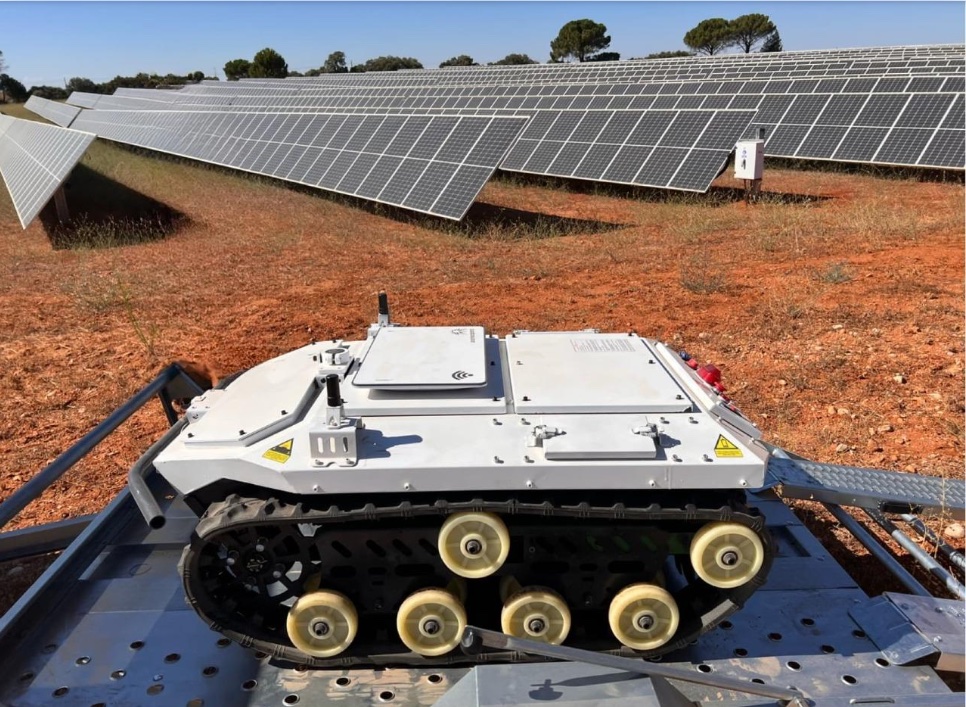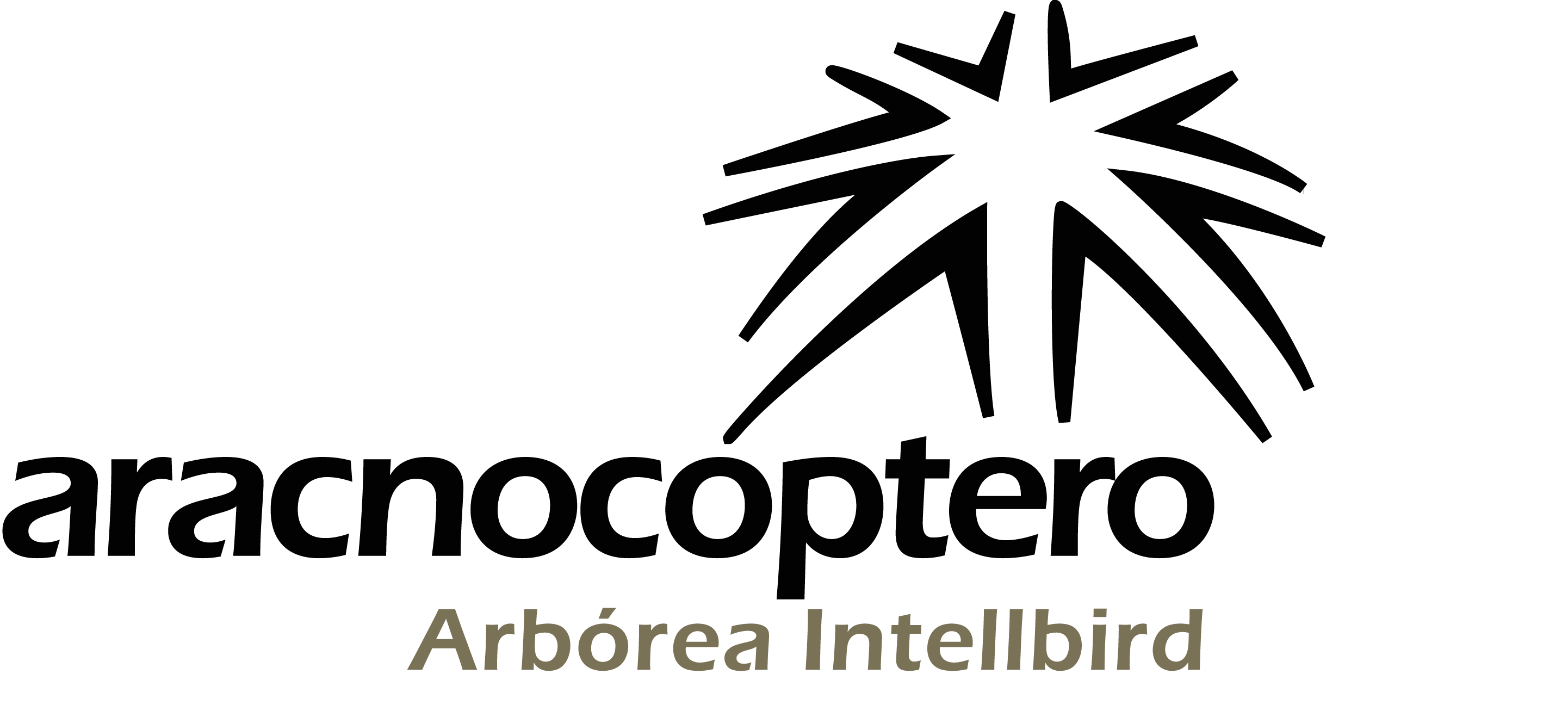Arbórea presents an autonomous inspection robot that works through Starlink satellite network
01 Dec 2023

The Antecursor II is designed to inspect photovoltaic plants, reducing fire risks and maintenance costs.

The Salamanca-based company Arbórea Intellbird has recently presented the Antecursor II, a new civil-grade robot capable of operating anywhere in the world through the coverage of the Starlink satellite constellation. The design of this electric propulsion platform, built with aerospace alloys, is based on different company patents and combines cutting-edge technologies to facilitate its integration into large photovoltaic plants, reducing fire risks and maintenance costs.
The communications system, supported by the network developed by SpaceX, allows Arbórea to monitor in real time the entire fleet of robots deployed in infrastructures in remote locations, through the Virtual Control Tower tool. This platform, which has provided coverage for inspection drone pilots for more than five years, now also receives, automatically and in real time, all the information related to the status of each robot, as well as the alerts associated with the anomalies detected.
Comprehensive inspection of photovoltaic plants
The Antecursor II receives its name from the advance troops that preceded the legions of ancient Rome and its automatic movement, with centimeter precision through a process patented by the company, is inspired by the hunting strategies of the genet, a nocturnal predator that moves with great ease in the dark.
This robotic platform stands out over aerial systems, not only for its great autonomy of 30 hours, but also because it allows inspection for thermal anomalies, both the upper part of the photovoltaic panels and their lower structures, which are the most likely to generate risk hot spots. This process is achieved thanks to a set of high-resolution thermographic sensors, which perform continuous measurements and generate a large mass of digital data, which is processed on board through an AI process based on a combination of intelligent hardware and software developed in-house. .
The system detects anomalies, evaluates them based on plant conditions and reports early identification of possible failures, all in real time. The installation’s technicians receive an alert on their mobile phones with the position of the problem and a thermography with reference values, which enables intervention and avoids fire risks.
Autonomous brush cutting system
The robot also integrates a clearing system made of aeronautical materials, which shreds the vegetation finely, cleanly and silently. In this way, the robot avoids contamination of the soil by oils or fuels, greenhouse gas emissions, the risk of fire associated with overheating of engines and the breakage of panels due to the impact of stones, very common when using disc or brush cutters. filament.
In addition, continuous autonomous cutting encourages the appearance of ground cover species, that is, a layer of vegetation that prevents desertification due to runoff, favors the maintenance of living soils and the biodiversity of the area and achieves greater control of dust, the accumulation of which on the panels reduces their efficiency and can cause damage.
Continuous remote coverage
Remote and continuous monitoring of the robot’s vital signs allows Arbórea to detect problems early and keep all its systems updated, regardless of the location of the enclave in which they operate. This makes it possible to offer high coverage to customers, without the need for travel, which means greater efficiency and a notable reduction in CO2 emissions and costs.
The Antecursor II already operates in Spanish plants and the company plans to extend it to a dozen more infrastructures for the first months of next 2024.
Source: infodron.es


